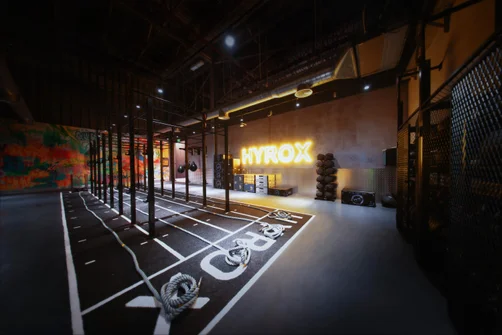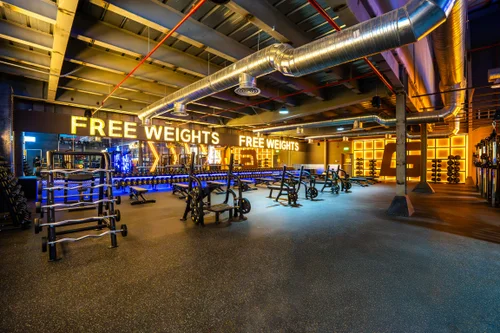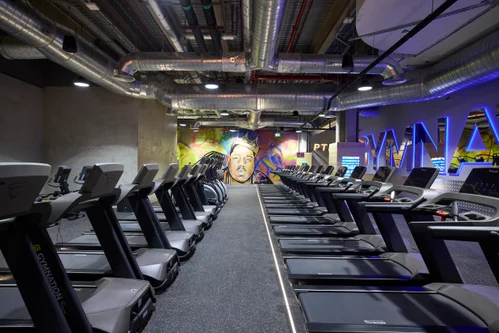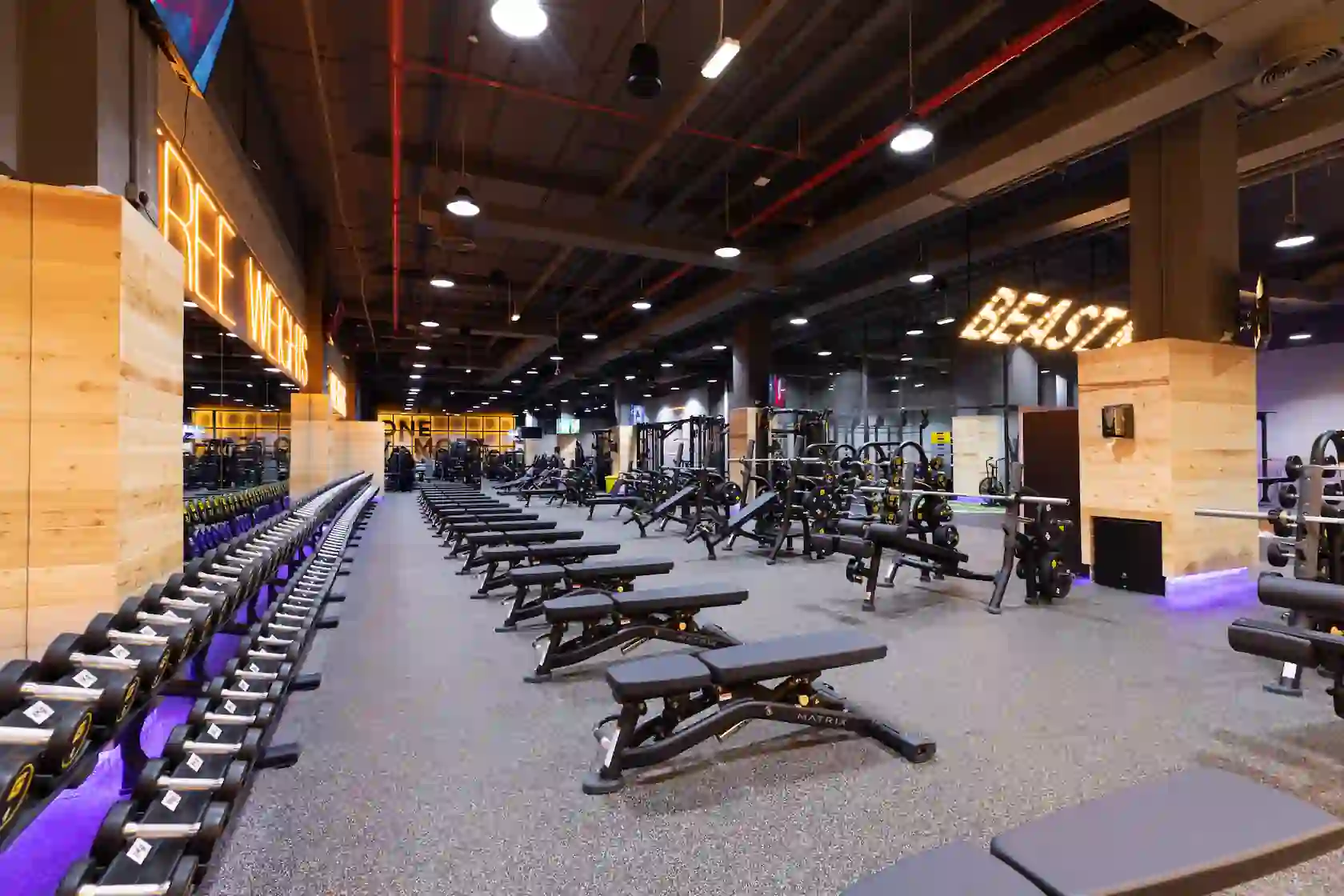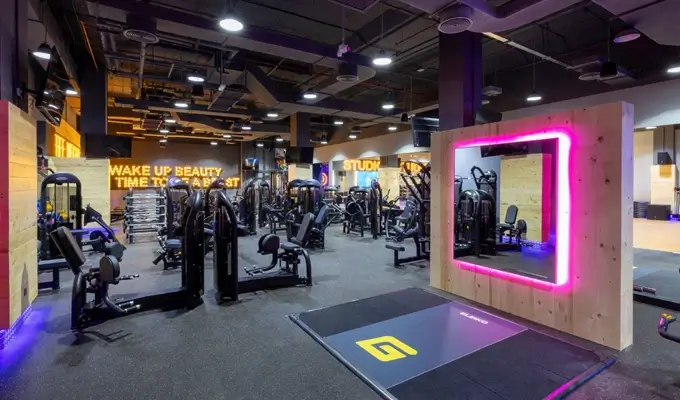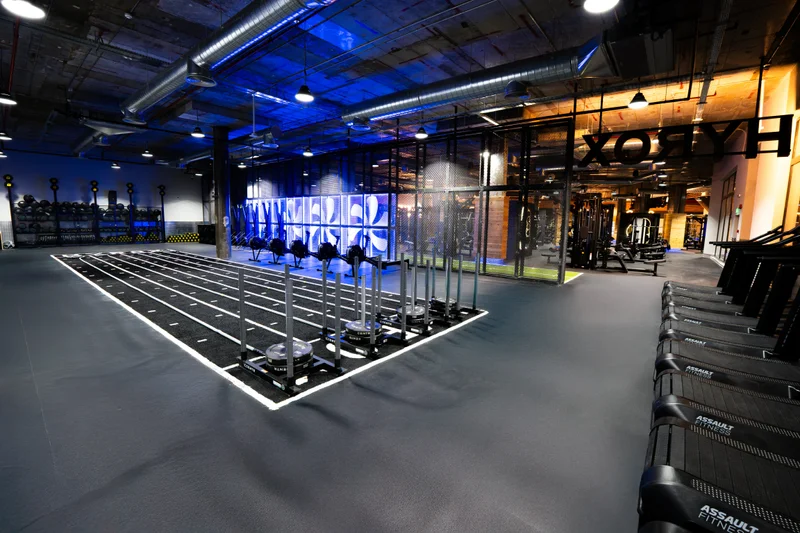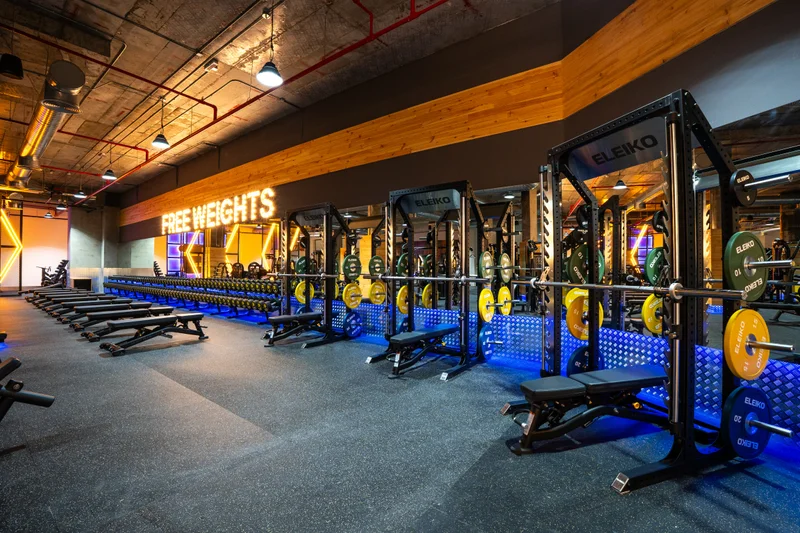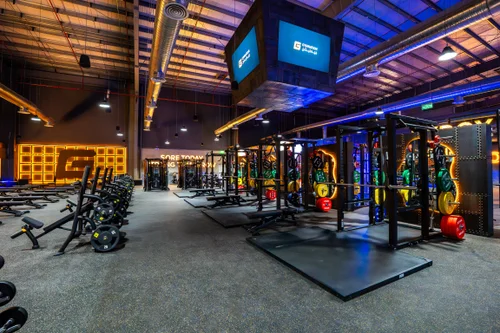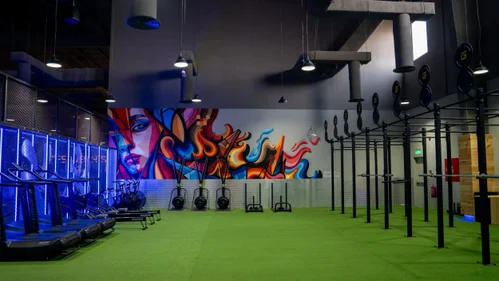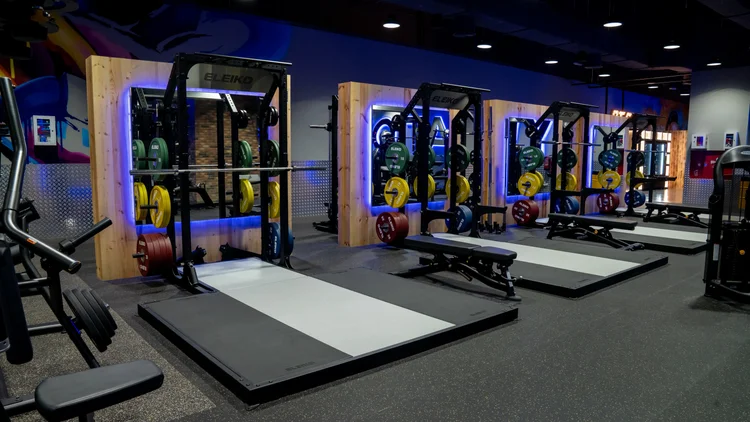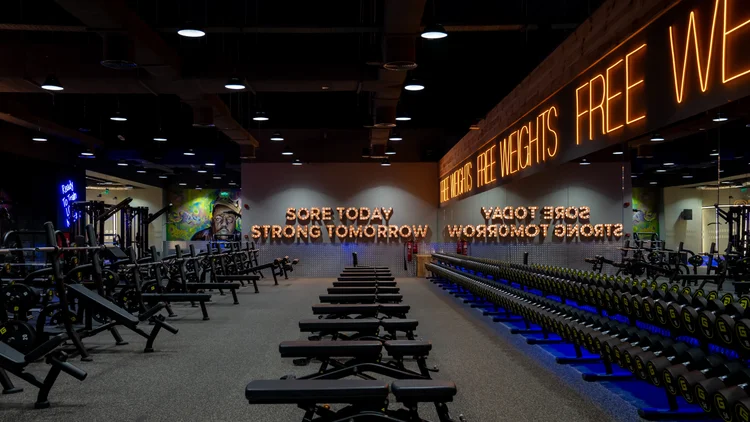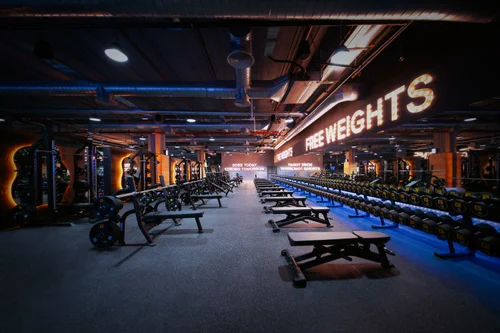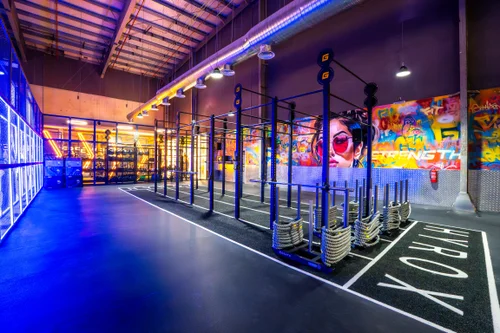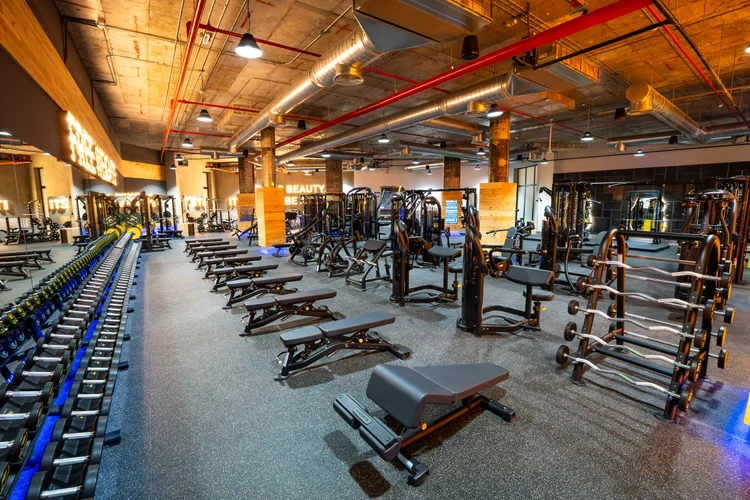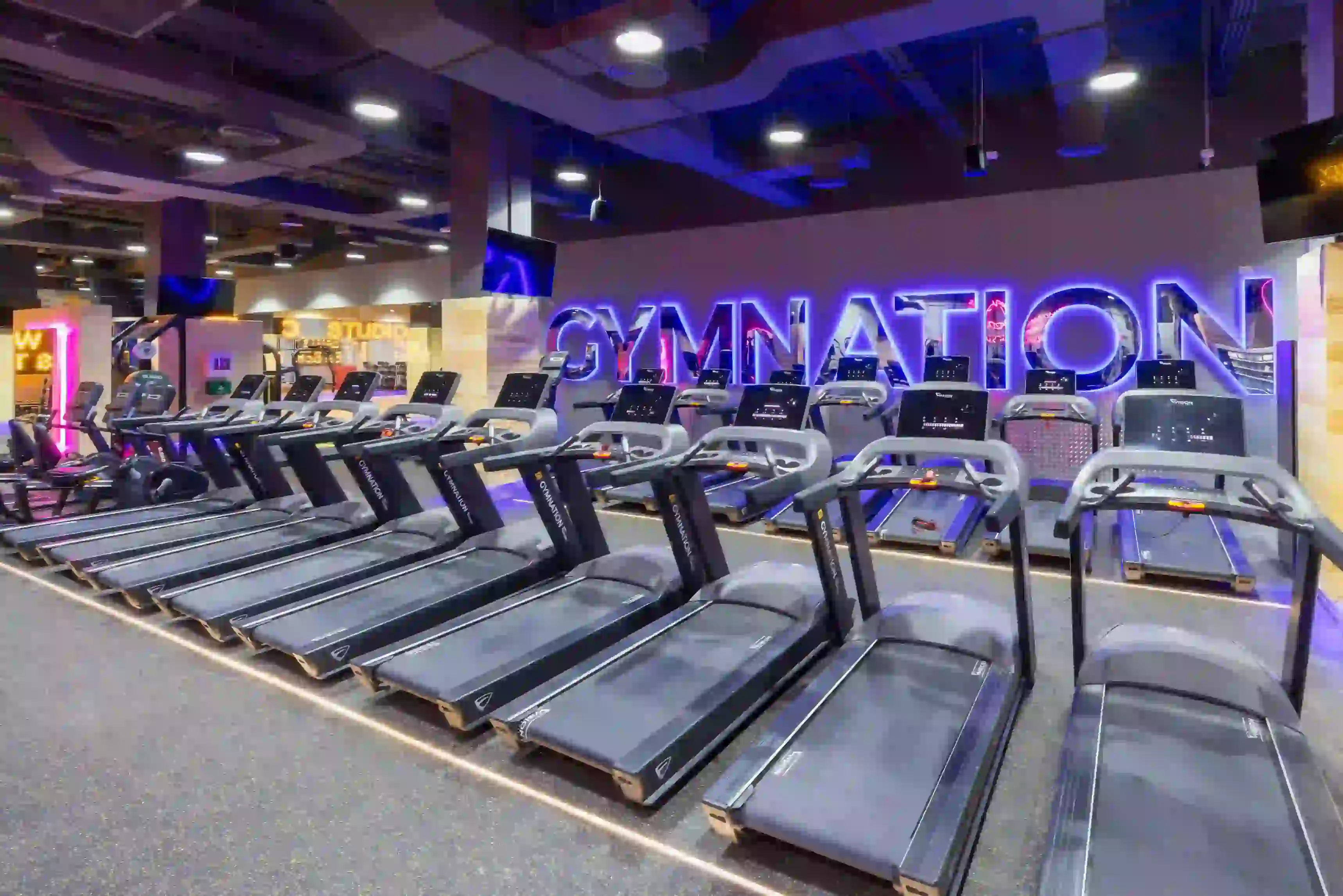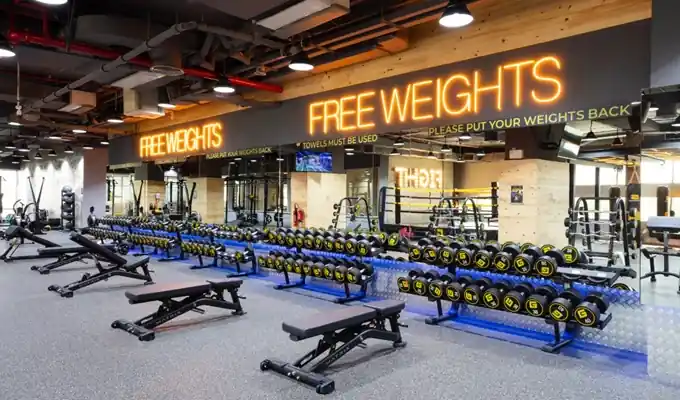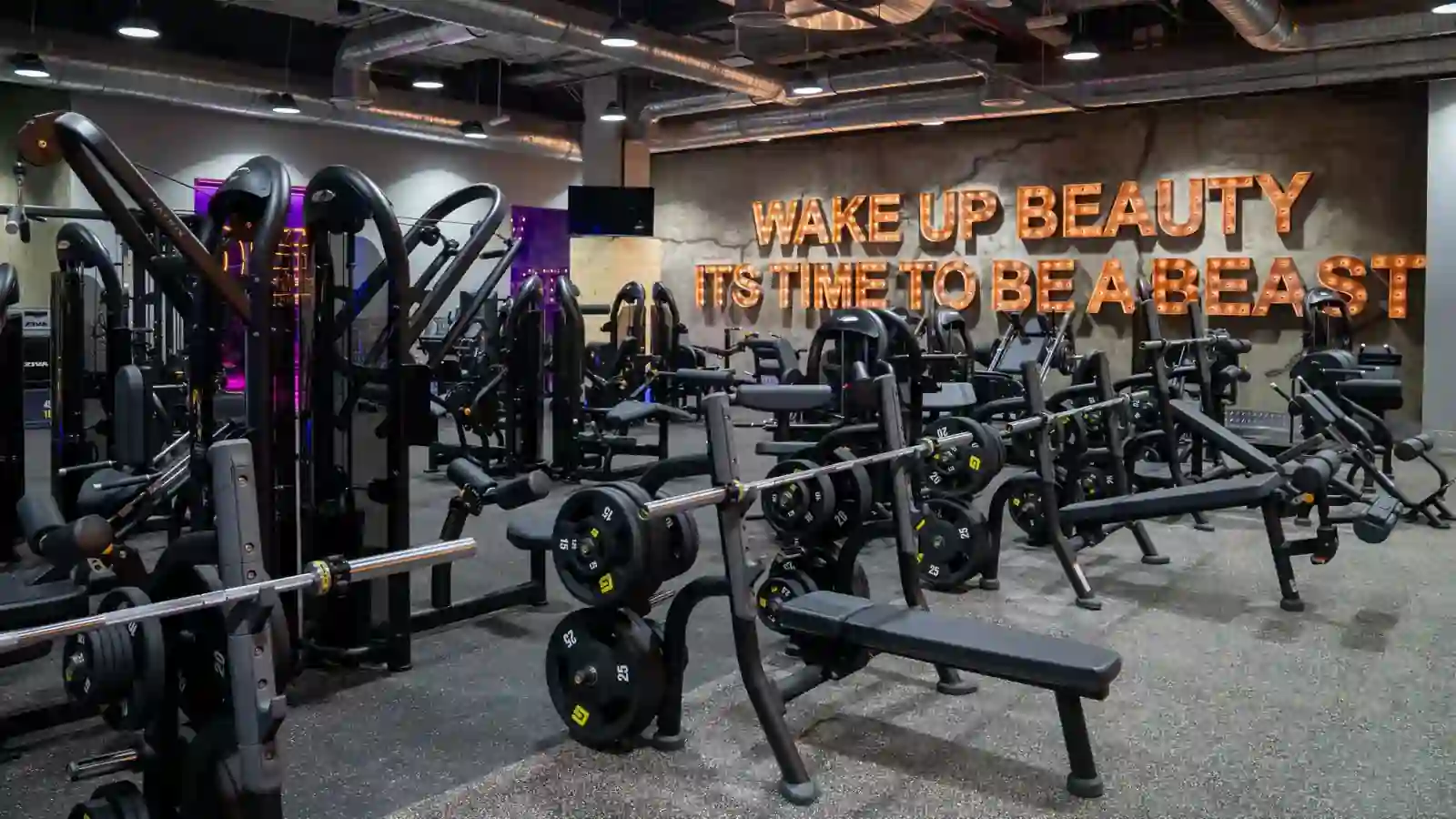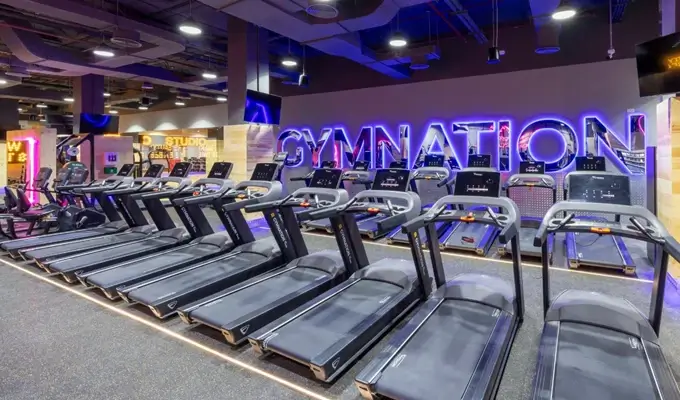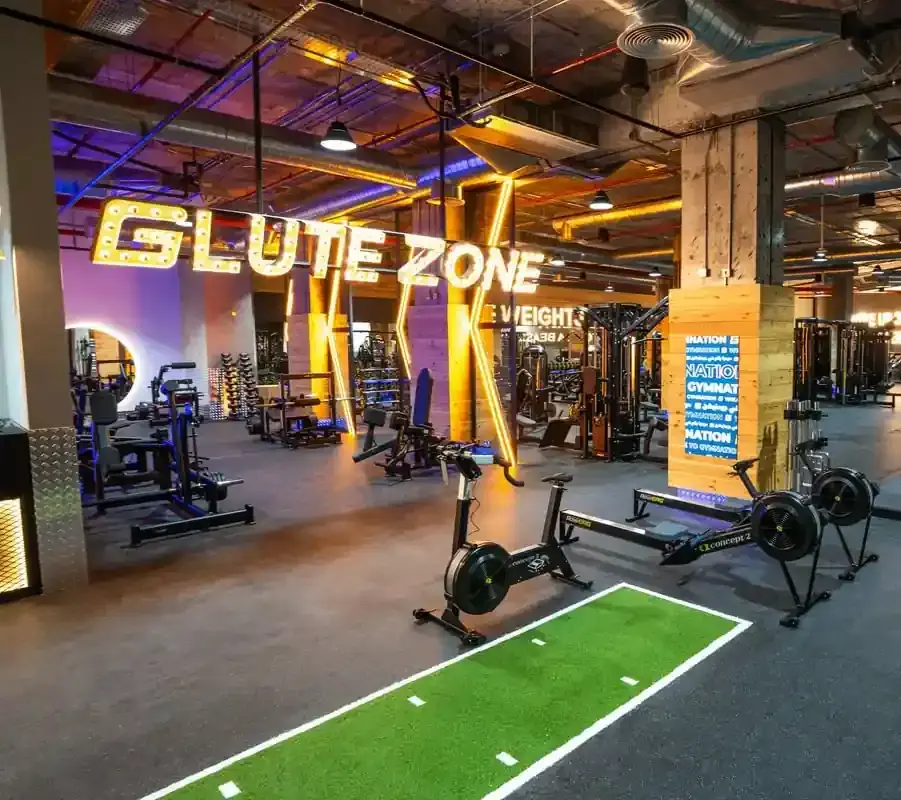Finding Balance in Your Fitness Journey

SIGN UP FOR YOUR FREE DAY PASS TODAY!
Think strength training has to involve lengthy, slow-paced sessions to be effective? Think again.
Recent research highlights how high-intensity circuit training (HICT)—condensed workouts combining multiple strength moves with minimal rest—can achieve similar results in strength, muscle growth, and fat loss as traditional weightlifting routines.
Read Also: The Best Time to Exercise According to Experts
What the Study Found
A study led by Women’s Health contributor and Ph.D. candidate, Sohee Carpenter, CSCS, and published in the European Journal of Sport Science, offers valuable insights for people looking to save time during their workouts.
Researchers followed 14 active women in their 20s and 30s who participated in either HICT or traditional strength training three times a week over an eight-week period.
Both groups focused on the same six exercises (leg press, dumbbell bench press, trap bar deadlift, lat pulldown, hip thrust, and standing dumbbell shoulder press).
However, the HICT group performed three exercises in a circuit format with minimal rest before tackling the next set after a brief five-minute break, completing each circuit under time constraints.
Meanwhile, the traditional group executed the exercises sequentially, with about three minutes of rest between sets. Both groups performed three sets of 8–15 reps, stopping just before muscle failure.
The result? Both groups displayed almost identical improvements in muscular strength (measured through three-rep max tests), lean body mass increases, and fat loss.
The key takeaway: High-intensity circuit training can be just as effective as traditional strength routines while taking significantly less time to complete.
Read Also: Sync Your Wellness Routine with Your Cycle
Why Reaching Muscle Failure Matters
Regardless of your training method, pushing "close to muscular failure" is critical for progress.
Albert Matheny, RD, CSCS, co-founder of SoHo Strength Lab, explains that reaching near failure forces your muscles to adapt, growing stronger and more efficient.
This point often feels like a burning sensation or noticeable difficulty maintaining form or pace during repetitions. Essentially, this level of intensity signals your body to rebuild muscle stronger.
Read Also: Lengthened Partials and Muscle Growth
Which Training Style Should You Choose?
The beauty of this study is that it doesn’t force you to pick sides.
Both high-intensity circuit training and traditional strength training deliver benefits, so it comes down to your workout goals and schedule. Want to save time?
HICT is a quicker way to train. Prefer a slower pace or longer recovery? Traditional strength training might suit you better.
Matheny suggests mixing both approaches for the best results. Alternating between HICT and traditional strength training allows for recovery, adds variety, and keeps your training more enjoyable.
Plus, balancing both styles ensures you're getting all the advantages of muscle building, cardiovascular health, and time efficiency.
If you’ve been sticking exclusively to one method, consider giving the other a try. For those accustomed to traditional strength training, incorporating HICT could be a game-changer, offering a fresh challenge and noticeable time savings.
Just remember, high-intensity sessions shouldn’t dominate your routine all the time. Moderation is key to avoiding burnout and preventing injuries.
Final Thoughts
This study underscores how flexibility in training styles can deliver results without compromising efficiency.
Whether you opt for HICT, traditional weightlifting, or a mix of both, just know you don’t have to spend hours in the gym to make significant progress.
Choose what fits your lifestyle and fitness level while staying consistent.
Source: womenshealthmag
The opinions shared in the GymNation blog articles are solely those of the respective authors and may not represent the perspectives of GymNation or any member of the GymNation team.
GET YOUR FREE TRIAL TODAY






















